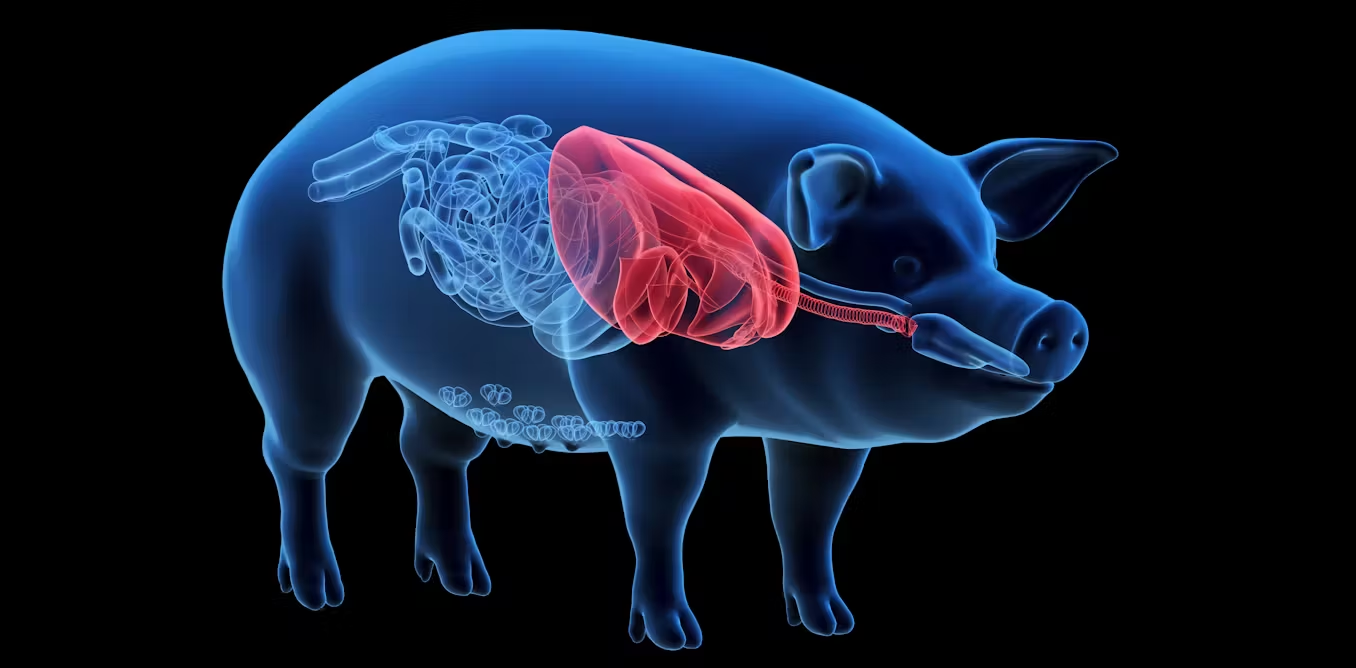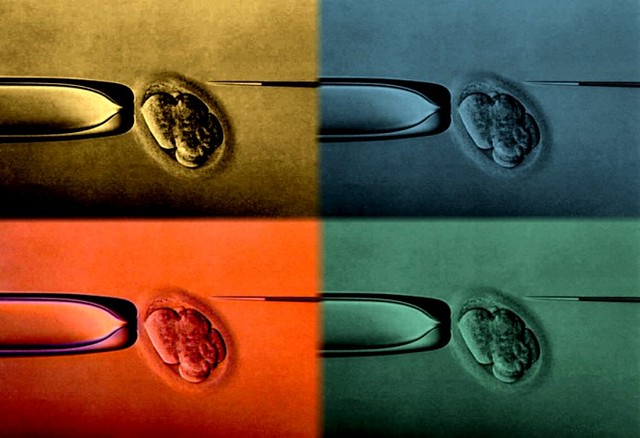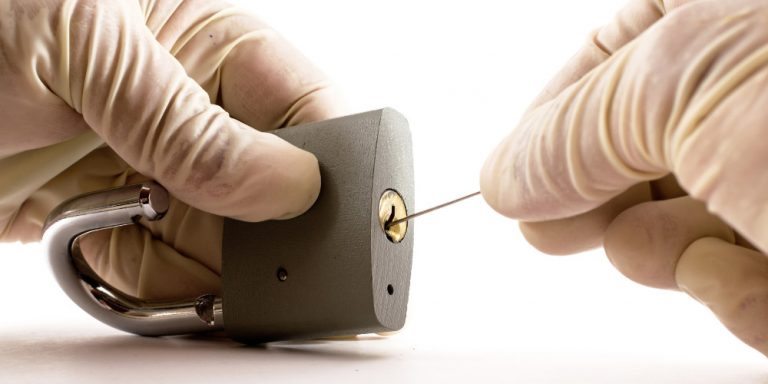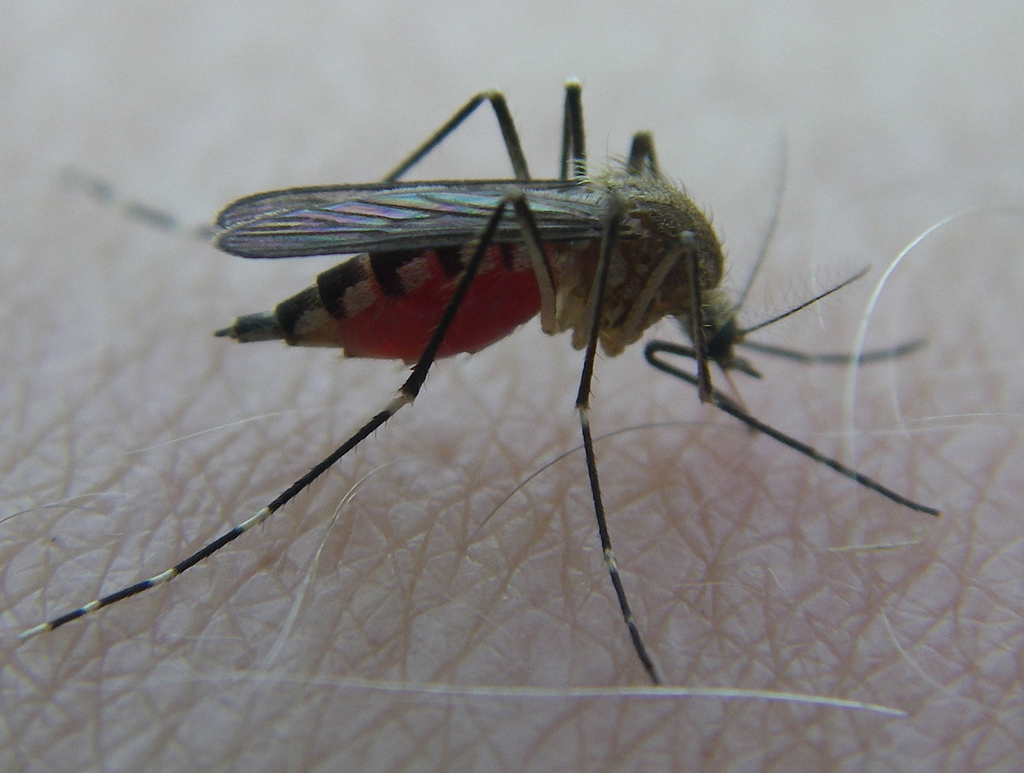Actualités
GMO stingray leather shoes : a great swindle… exposed by Inf’OGM !
What wouldn’t fashion do in order to make the news? If we believe a piece of information publicized mostly by fashion websites, a Thai Company, RayFish Footwear, is alleged to have created the first bio-customizable « transgenic » shoes. Inf’OGM investigated… and exposed the swindle.
On May 25th 2012, a press release says that the Rayfish footwear Company launches a new range of shoes made from transgenic ray skin. This Company, specialized in shagreen production for many years, (see box below), decided to modernize. Now it proposes bio-customized sneakers, i.e. its shagreen would be chosen by the customer himself. According to the website [1], the Company owns a gene bank that allows to select models of skins, pattern, colors, of tens different species. The Company claims then to create the transgenic ray from these selected genes, and to make shoes with this GM ray skin. It would take around eight months for the required GM ray to be ready to be transformed in shagreen. ’’Rayfish Footwear harnesses the beauty and variety of nature to create the world’s first truly custom sneakers.’’ The Company slogan : ’’One fish, one shoe’’.
Rayfish Footwear has been working on this process for more than a decade and the experiments have been conducted in Thai-based labs. In 2010, the Company allegedly produce its first transgenic ray with rattlesnake genes.
On the website, for a pair of Rayfish shoes, the Company advertises a purchase price of between $14.800 and $16.200 ’’depending on your shoe size and the complexity of the desired pattern’’, but if you wait a while, once ’’regular production begins’’, the price could go down to $1.800… Off course, this process is patented, says the Company on the website…
A well-orchestrated communication plan that seeks to create an illusion of truth
The Company launches its high-tech product with a great fanfare of publicity. All the communication tools the Company set up are impressive. An attractive website, videos, pictures of the bio-customized shoes that seems so real, an active presence on the Company twitter account, press releases… All this gives a general impression of something serious. But the mirage, in the digital era, is so easy to built… and the Internet sirens songs knows very well how to play it, ’’from fake to hoax’’, from media «shot» to swindle… The mirage was too perfect : we had to find, behind the scenes, the strings of this very incredible creation, so incredible that it’s legally dubious, scientifically impossible and morally intolerable.
’’No GM fish is authorized in Thailand’’
When Inf’OGM questioned the different Thai government services in charge of GMO, they were unanimous [2] : genetically modified fish breeding and importation are not authorized in Thailand. According Mr Srirat Sodsuk : ’’They perhaps imported transgenic ray skin and only made the shoes in Thailand’’. But according to Mr Banpot, no country in the world authorized the genetically modified ray, and the database related to the Cartagena Protocol confirms it. In his answer to Inf’OGM, Mr Banpot underlines that the Company pretends that its ’’labs’’ are located in Chon Buri, 150 km east of Bangkok. But for him, ’’this area host some clandestine practices, maybe some mafia methods, and can refuge some foreign crooks’’. Intrigued by the announcement, he said he intended to alert the Office for Consumer Protection, and take legal action against this Company. According to him, ’’in Thailand, as far as I know, nobody has such a knowledge nor such a skill’’.
The scientific impossibility
In an article published on the livescience website http://www.livescience.com/20705-transgenic-stingray-shoes-fake.html Randy Lewis, a biologist at Utah State University, said : ’’To the best of my knowledge, there is no way to do what they claim both in terms of the colors, as many of those colors on their website have no way to be expressed in the skin, and the ability to completely control the pattern that they imply has not been achieved for any animal ».
In the same article, Perry Hackett, a geneticist at the University of Minnesota, underlines that this claim seems to fail the reality check for two reasons : first, scientists still have difficulty inserting new genetic traits that rely upon many different genes working together. To realize their claim, it’s not sufficient to modify and to insert only one transgene. The second reason is that genes don’t automatically express their given traits if plugged into a different animal. ’’That means, he says, a transgenic stingray with the genes of a ladybug or a zebra won’t automatically express the skin patterns of a ladybug or a zebra. […] So the regulation of genes is likely not to be the same at all, even assuming you could do something like that’’.
Christian Vélot, a French biologist, critical with genetic engineering, says sarcastically : ’’I don’t trust enough in the skills of ’my church’. And I surely ignore how much technology is great and genes powerful!’’.
Questioned by Inf’OGM, the leaders of RayFish Footwear Company claimed that the patent protecting this ’’invention’’ was pending (that’s why, according to them, it’s not publicly available) and required confidentiality on our part. They must be joking.
A number of reactions but without much originality
On the web, there should be no confusion between redundancy and truth. As often the case, the craziest ads find their gullible audience. Thus, many people have spread the Company official communication on the social networks; without question, without perspective. Nevertheless, this has increased the Company’s website visibility and paradoxically increased its credibility. On the web, a rumor can reach unprecedented heights, very quickly… This run-away phenomenon ends up legitimizing non-proved informations. This method has been used intentionally for that purpose.
At the margin, some internauts have indicated their unwillingness of such a product, referring straightforwardly in particular to animal welfare reasons [3]. In fact, a petition has been set on the change.org website [4]. One would almost wonder if the petition is not part of the Company’s communication strategy, in order to reinforce illusions…
Everything, therefore, confirms the thesis of an unprecedented media bluff used by a weakening company. Indeed, RayFish Footwear does exist since decades and is selling ’’conventional’’ rayfish leather shoes. Did it need to boost sales? It seems in any event to have chosen the web buzz in order to make the news.
Therefore, beyond reality and workability of these ’’transgenic’’ shoes, ethical and philosophical issues on the legitimacy of such a research can’t be set aside. Now, there is a multiplication of transgenesis applied to animals [5], without any serious and profound reflection that irrigates the society. Would these shoes give us this opportunity? For once, the ’’hunger in the world’’ argument is not advanced to justify the manipulation of the living organism. This invention, even if it would be achievable, would have no interest for the common-living. But, in order to assess the relevance of an invention, it is desirable to compare benefits and risks, but without missing the scale between them… A benefit for the minority will never be able to eliminate risk for the biosphere. Can we mortgage all living organisms for the sake of a minority that no longer knows what to do to achieve some distinction ? The planet is not a toy for richmen.
What is shagreen ?
’’Shagreen is a type of rawhide consisting of rough untanned skin, formerly made from a horse’s back or that of an onager (wild ass). Shagreen is now commonly made of the skins of sharks and rays. (…) Shagreen has an unusually rough and granular surface, and is sometimes used as a fancy leather (…) Such skins are naturally covered with round, closely set, calcified papillae called placoid scales, whose size is chiefly dependent on the age and size of the animal. (…) This latter form of shagreen was first popularised in Europe by Jean-Claude Galluchat (d. 1774), a master leatherworker in the court of Louis XV of France. It quickly became a fashion amongst the French aristocracy, and migrated throughout Europe by the mid-18th century.’’
Source : http://en.wikipedia.org/wiki/Shagreen
Would it become available in France ?
A priori these shoes could have been imported in France without any problem. The legislation does not specify anything about industrial products made from GMO’s… Questioned by Inf’OGM, the European Commission confirms that these shoes, if it did really exist, won’t have been labeled as a GMO. ’’In a nutshell, shoes are not submitted to the directive 2001/18 (that doesn’t concern derivatives) nor to the settlement 1829/2003 on labels (that only concerns products that are concerned by the directive and settlement above)’’, says the Directorate-General for Health and Consumers.
[2] Mr Srirat Sodsuk, of the Ministry of Fisheries and Mr Banpot Napompeth, ex-president (from 1993 to 2005) of the National Committee for Biosafety
[3] ’’a disgusting concept’’, ’’shame on you!’’, ’’the product is shocking’
[5] see ’’le bestiaire’’ dans le bimestriel Inf’OGM (bestiary, in Inf’OGM’s bimonthly newspaper, in french)












